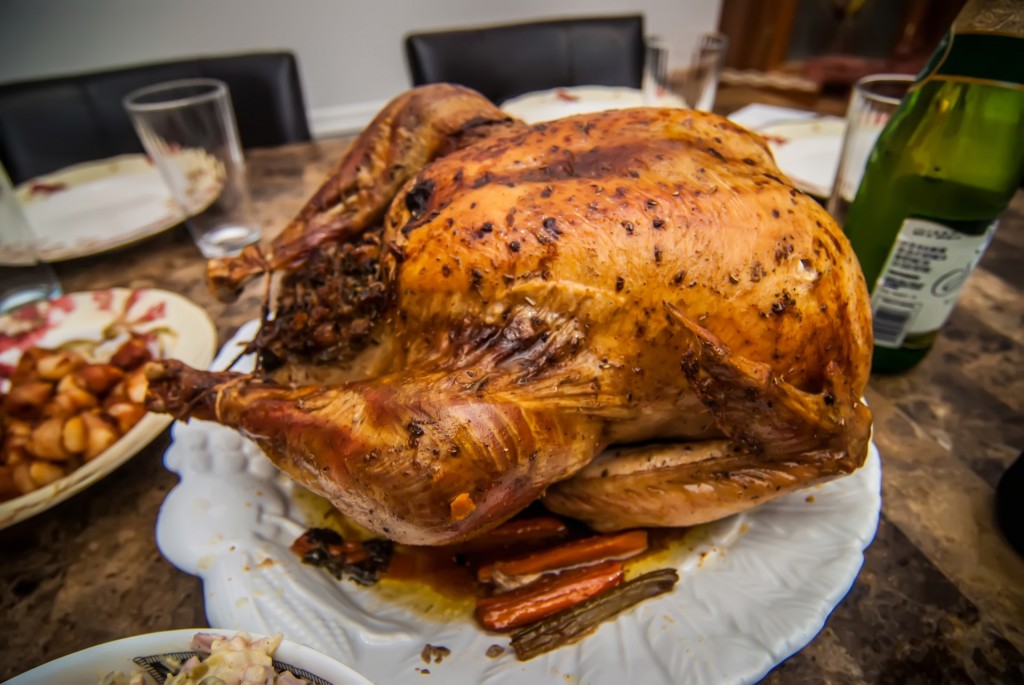Where is your Turkey?
~Tips on buying your Thanksgiving Turkey~
- If it’s not already in your freezer you better figure out where it is. Time’s a wastin’.
- Plan on 1.5 lbs of turkey per person if the turkey is big, or 2 lbs per person if the turkey is small due to the ratio of bone to meat. Don’t forget to add on a few pounds so that you have leftovers.
- If you want to buy a locally raised Heritage turkey, you should get that done today. Most places require a deposit to reserve the right sized turkey for you and there is a more limited supply than we Americans are used to having. In Seattle we are lucky to have many sources for locally raised food of all kinds.
- If picking up your turkey in town is more your style, PCC has free range, organic and organic American Heirloom Diestel turkeys (raised in California)
~Let’s Talk Turkey~
Turkeys are labeled according to how they were raised, processed and prepared for market. The definitions of the terms come from the USDA.
Fresh Turkey
According to the National Turkey Federation, turkey freezes closer to 26° F rather than 32° F. If it has not been chilled below 26° F it can be labeled as a fresh turkey. The turkey can be held up to 2 months before it is sent to market and still be called fresh. Turkeys labeled as fresh cost slightly more than a frozen turkey.
Frozen Turkey
Turkey labeled as frozen has been chilled to a temperature below 0° F. Freezing a turkey can create a dry tasting turkey because the freezing process can break break down the muscle fibers and cell walls. BUT – some people say that flash frozen turkeys are actually fresher then the “fresh” turkeys that may have been sitting around in coolers for months.
Young Turkey
Young turkey is less than eight months old when it is slaughtered. Most of the turkeys sold in the US are considered ready for market by the time they are 4-5 months old. An older turkey may be dryer than a younger turkey but some like the richer flavor.
Tom or Hen?
The hen or female turkey is smaller and will have a lower weight than the tom, usually topping out around 16 lbs. The tom or male turkey can get as big as 32 lbs.
Enhanced Turkey
Think “flavor-injected”, “self-basting”, i.e. Butterball. This is the kind I ate growing up. Need I say more?
Natural Turkey
A natural turkey does not contain artificial ingredients or coloring. It does not mean the turkey is a free range turkey, organic turkey, or is antibiotic free.
Kosher turkey
Kosher turkeys are grain-fed, free roaming (not necessarily “free range”) turkeys that are slaughtered and prepared under the supervision of a Rabbi. These turkeys are also brined as part of their preparation for market. Having someone else do the brining sounds great to me!
Free Range Turkey
The term “free range” means that the turkey has been allowed the opportunity to roam outside, uncaged for a certain number of minutes a day. The turkey may or may not choose to do this, but as long as they are given the opportunity they can be called free range.
Organic Turkey
Organic turkey is defined by what it is not. It’s not genetically modified or irradiated. But it’s not necessarily pasture fed or free range either. Let me know if you figure it out.
Heritage Turkey
Heritage turkeys are the closer to wild ancestors of the broad-breasted white turkey that has been bred for consumption in the US. They are said to have a rich, gamier flavor and a juicier meat.
